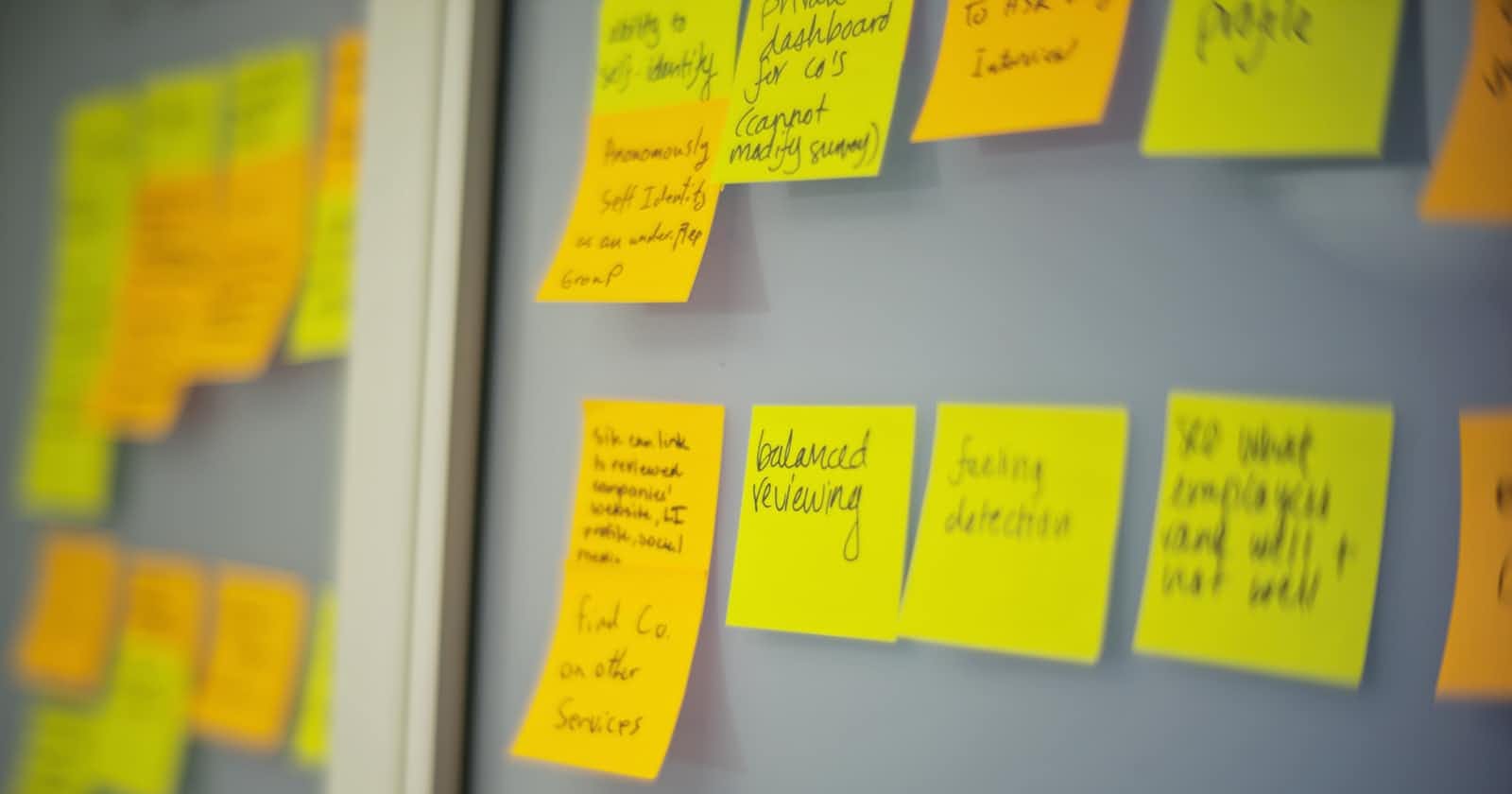Table of contents
No headings in the article.
Definition, Prioritization, Maintenance, and Refinement are the four fundamental components of backlog management.
Let's take a look at each one individually.
Prior to creating tickets, review the roadmap, enhancement requests, stakeholder bugs, and data. You can then specify the scope of the work, the value it provides to users, and the acceptance criteria that the code must meet in order to be considered complete.
After you've specified the tasks, stories, and bugs you want to finish, you can start prioritizing them. This step can be done using a variety of frameworks, including Agile, Kanban, Scrum, and Waterfall.
But, at the heart of prioritizing a backlog, you must consider the four key forms of value. The four key sources of value must be considered when prioritizing a backlog: customer value, company value, technical value, and quality value.
In essence, they include client wants, the amount of effort it will take for your team to build a product, and the value that this initiative will bring to your firm.
It is the product manager's responsibility to determine the priority order based on implementation difficulties, task dependencies, and feedback immediacy, while also keeping a good line of communication between all important teams, stakeholders, and clients to maximize planning.
You must then maintain, nurture, and refine the backlog after it has been prioritized.
We have regular meetings in my current company.
We have reprioritization, ticket estimation, and "spikes" (time spent calculating the degree of effort required to execute a huge project) on a regular basis at my present firm. We also set aside time for things that pop up in the backlog at the last minute so that we can set ticket readiness requirements. Those things also fall inside sprint themes or goals for current projects because we're using the Scrum technique.
What are the various methods for prioritizing a backlog?
Product Managers employ a variety of frameworks to assist with backlog prioritization, including Kano, RICE, Story Mapping, the MoSCoW technique, and opportunity-scoring bio features. I wouldn't say there is a specific framework that I choose over others. Whatever you pick, it must ultimately assist the product manager in analyzing and expressing the value to users.
What are the advantages of using a roadmap in this process?
Roadmapping is important for evaluating pod dependencies. A lot of the framework in place for managing dependencies in my current team necessitates constant communication. During the early phases of the process, the majority of the dependencies are identified and evaluated. As a result, ensuring that you have a roadmapping strategy in place that takes dependencies into account is critical. I've also observed that using roadmapping to collect requests from several departments works well. We need to look at bugs that come in as product managers.
As a product manager, we must examine bugs reported by customer success, customer support, and technical support. Holding quarterly roadmapping sessions where customer success and sales bring quantitative and qualitative data about what we're hearing in the market ultimately helps me with backlog prioritization.
How does managing a backlog differ between product, engineering, and design roles?
It is determined by the organization and the team. This, I believe, varies from department to department within my company, for example. However, the following are the roles' overarching responsibilities:
The product is in charge of prioritization and delivering business value.
Engineering weighs in on the amount of tech debt we need to pay off and the level of effort required for various projects.
Design considers the level of effort from the design side, the experience tradeoffs that must be made, and so on.

